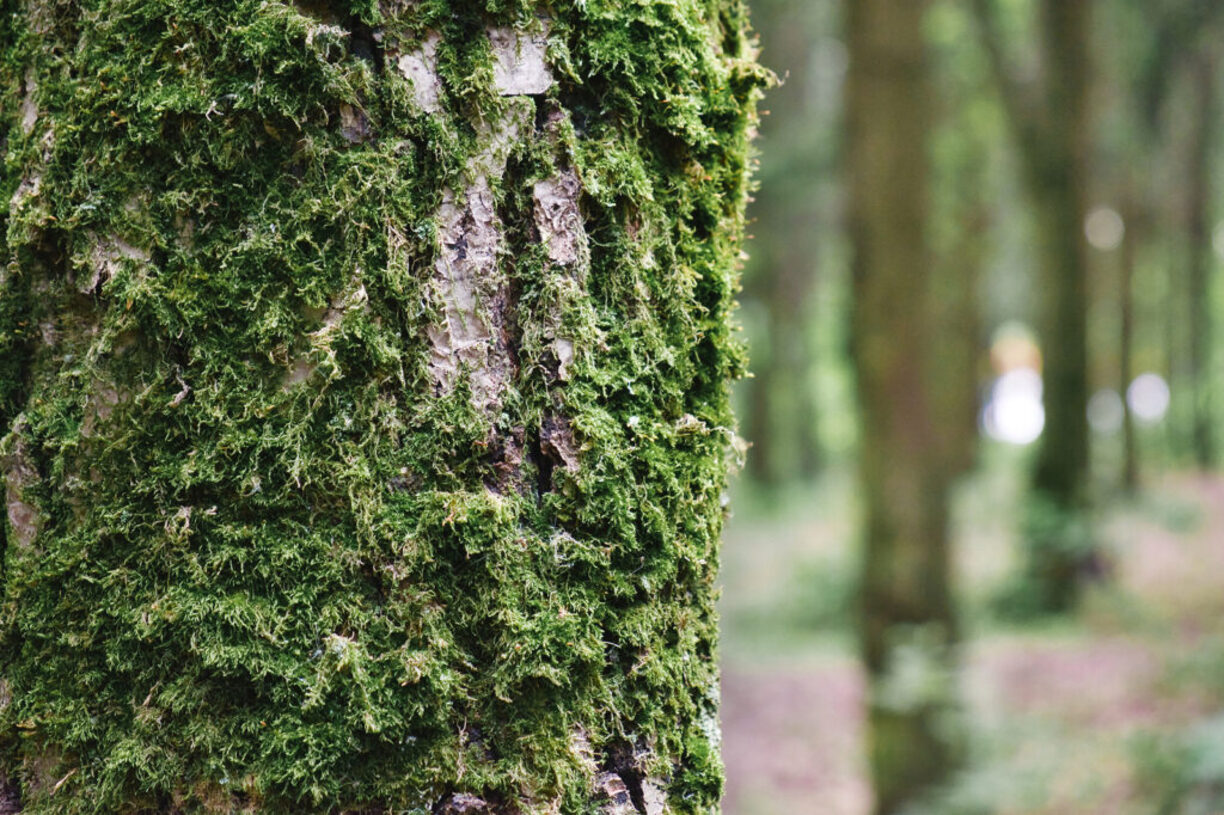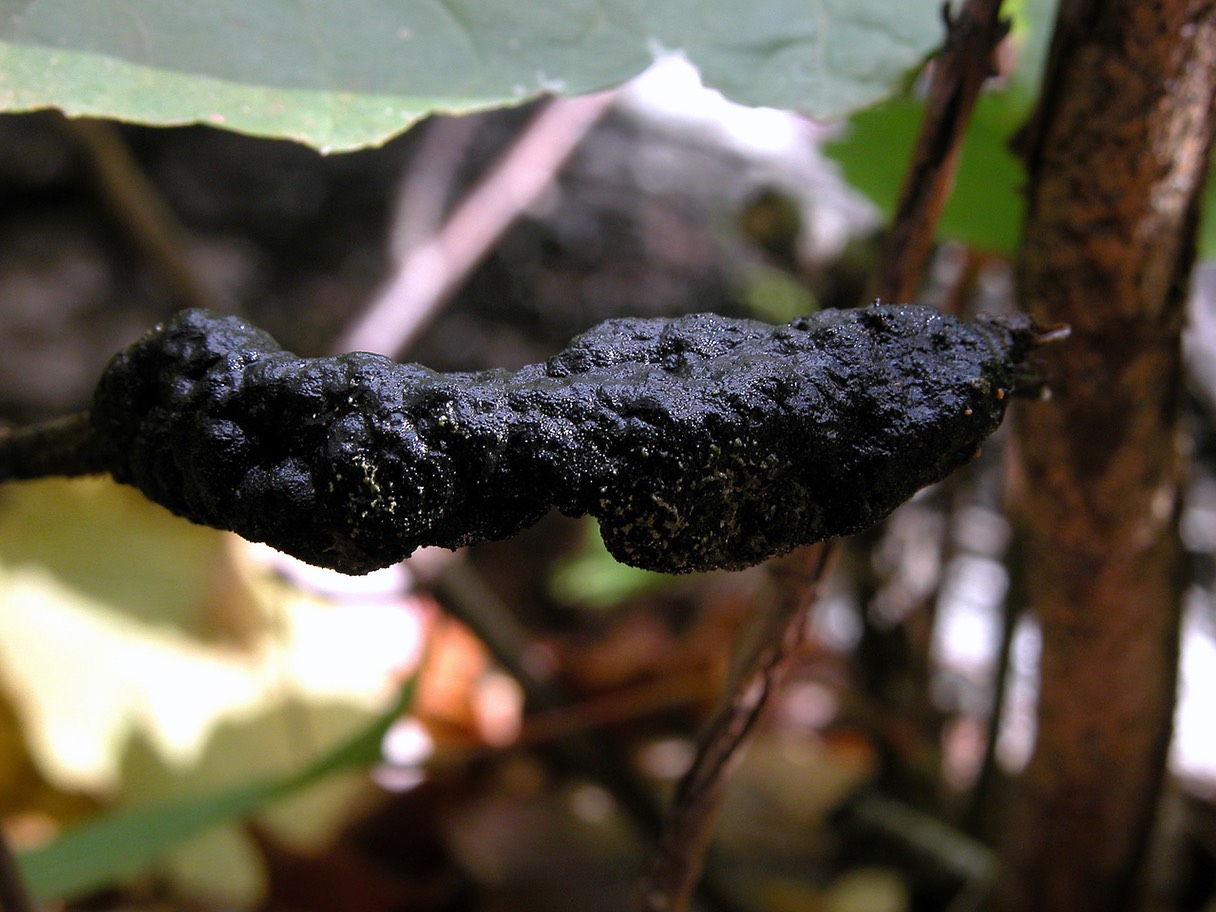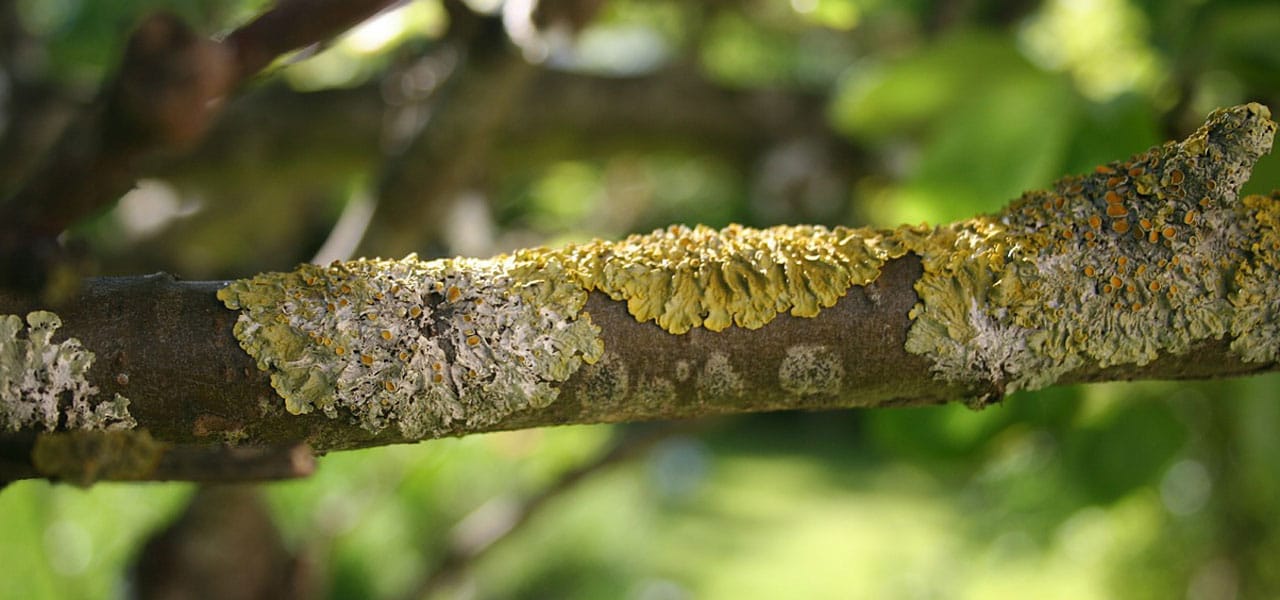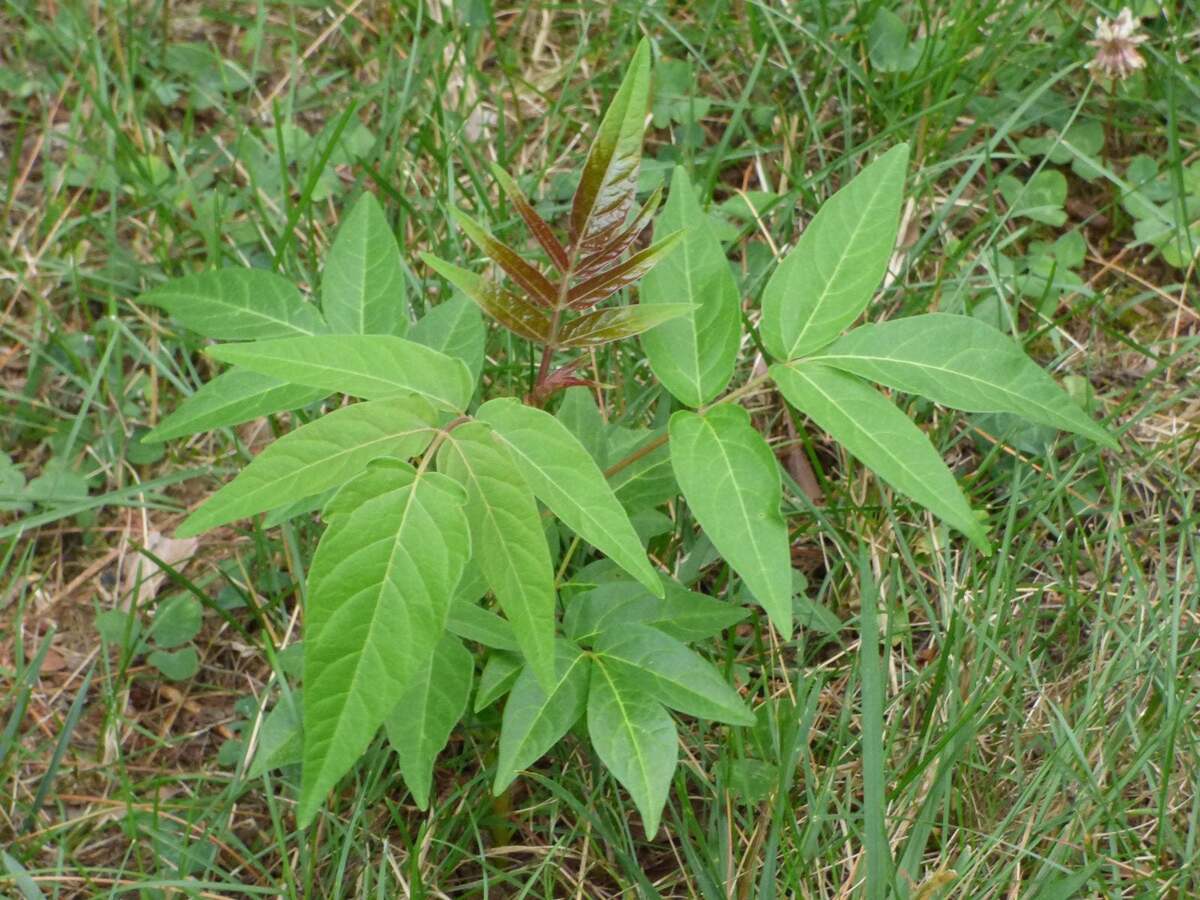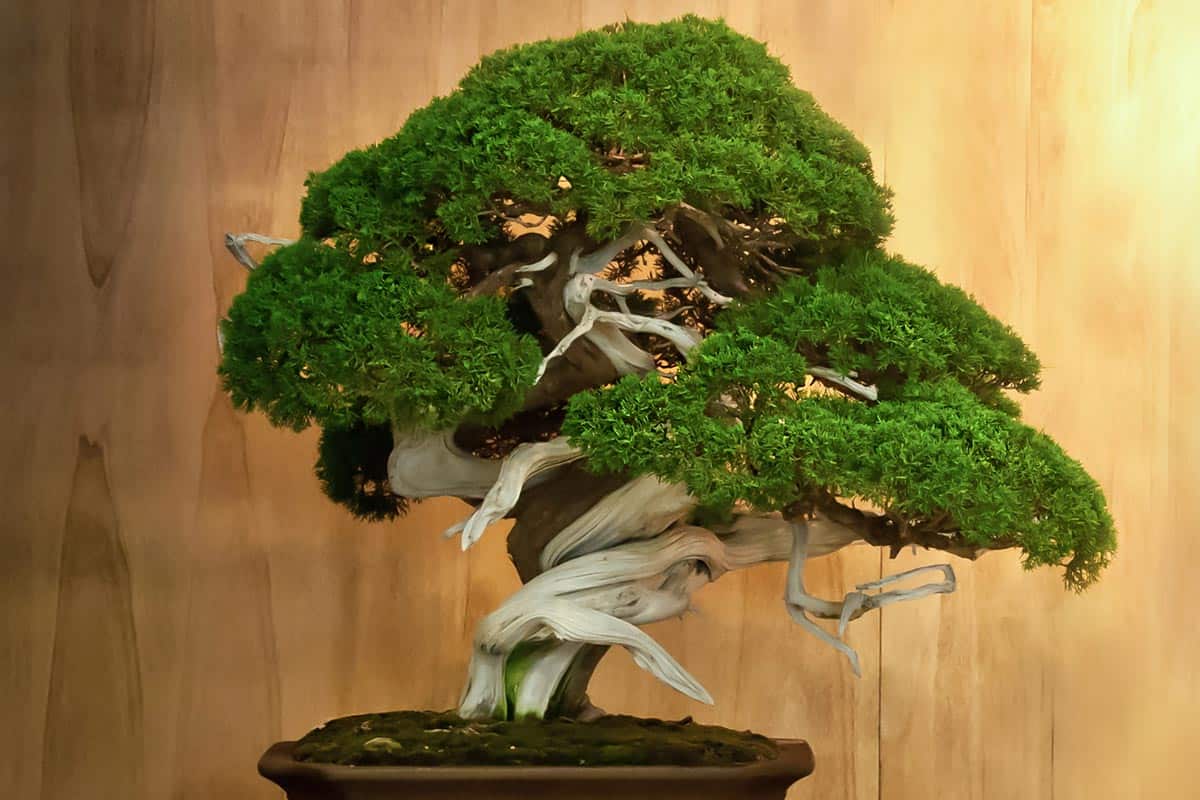Home>Gardening Tips and Tricks>Problem Solving>How To Get Rid Of Bugs On Bonsai Tree


Problem Solving
How To Get Rid Of Bugs On Bonsai Tree
Modified: January 22, 2024
Looking for effective ways to solve bug problems on your bonsai tree? Discover expert tips and techniques to get rid of bugs on bonsai trees and keep them healthy in this comprehensive guide.
(Many of the links in this article redirect to a specific reviewed product. Your purchase of these products through affiliate links helps to generate commission for Chicagolandgardening.com, at no extra cost. Learn more)
Table of Contents
- Introduction
- Understanding the Common Bugs on Bonsai Trees
- Identifying the Bug Infestation on Your Bonsai Tree
- Preventive Measures for Bug Infestations
- Natural Remedies for Getting Rid of Bugs on Bonsai Trees
- Chemical Treatments for Eliminating Bugs on Bonsai Trees
- Removing Bugs From Different Parts of Bonsai Trees
- Maintaining a Healthy Bonsai Tree to Prevent Bug Infestations
- Conclusion
Introduction
When it comes to cultivating a bonsai tree, the last thing any enthusiast wants to deal with is a bug infestation. These tiny pests can wreak havoc on the health and appearance of your beloved bonsai, causing damage to the leaves, stems, and even the roots. That’s why it’s essential to have a good understanding of common bonsai tree bugs and effective methods to get rid of them.
Bonsai trees, with their delicate nature and miniature size, are particularly susceptible to bug infestations. These pests can be introduced to your bonsai through various means, including outdoor exposure, contaminated soil, or even through other infested plants nearby. The key to successful bug management on your bonsai tree is early detection and prompt action.
In this article, we will explore different types of bugs that commonly infest bonsai trees, learn how to identify their presence, and discuss preventive measures to keep them at bay. We will also delve into both natural remedies and chemical treatments for eliminating bug infestations. Additionally, we will provide insights into removing bugs from specific parts of bonsai trees and offer tips on maintaining the overall health of your bonsai to prevent future infestations.
Whether you are a beginner or a seasoned bonsai enthusiast, this comprehensive guide will equip you with the knowledge and tools you need to effectively tackle bug infestations on your bonsai tree. So, let’s dive in and learn how to protect your bonsai from these pesky invaders.
Understanding the Common Bugs on Bonsai Trees
Before we delve into the methods of getting rid of bugs on bonsai trees, it’s important to familiarize ourselves with the common types of pests that can infest these delicate plants. Understanding the characteristics and behaviors of these bugs will better equip us to combat them effectively.
1. Aphids: These small, pear-shaped insects are one of the most common pests found on bonsai trees. Aphids feed by sucking sap from the leaves and stems, causing them to curl, yellow, or become distorted. They reproduce rapidly and can quickly populate the entire tree if left untreated.
2. Spider Mites: These arachnids are not true bugs, but they can cause significant damage to bonsai trees. Spider mites are tiny and often go unnoticed until their webs become visible. They feed on the sap of the leaves, causing them to turn yellow, dry out, and drop prematurely.
3. Scale Insects: Scale insects appear as small, immobile bumps on the leaves, stems, or branches of bonsai trees. They feed by inserting their mouthparts into the plant tissue and sucking sap. The presence of scale insects can cause leaf yellowing, stunted growth, and even branch dieback.
4. Mealybugs: These soft-bodied insects are covered in a white, waxy substance that resembles cotton. Mealybugs feed on the sap of the bonsai tree, causing leaf discoloration, stunted growth, and the development of a sticky residue known as honeydew.
5. Caterpillars: While not as common as the previous pests, caterpillars can be a nuisance for bonsai trees. These larvae of butterflies and moths feed voraciously on the leaves, causing defoliation and weakening the overall health of the tree.
By familiarizing yourself with these common bonsai tree bugs, you will be better equipped to identify the presence of an infestation. Early detection is crucial, as it allows for prompt action to prevent further damage and the spread of pests throughout your bonsai collection.
Identifying the Bug Infestation on Your Bonsai Tree
Identifying a bug infestation on your bonsai tree is crucial for taking the appropriate measures to address the issue effectively. Here are some signs to look out for:
1. Visible Bugs: Take a close look at the leaves, stems, and branches of your bonsai tree. Look for any signs of crawling or flying insects. They may be tiny, so it’s important to inspect the tree carefully.
2. Leaf Damage: Bugs often leave visible signs of their presence on the leaves. Look for holes, chewed edges, discoloration, or a sticky residue known as honeydew on the foliage. These are indications that bugs have been feasting on your bonsai tree.
3. Webs or Silk: Spider mites, in particular, are known for spinning fine webs on the leaves and branches of the bonsai tree. If you spot tiny webs or silk threads on your tree, it’s a clear sign of a spider mite infestation.
4. Deformed Leaves or Stunted Growth: Some bugs, such as aphids and scale insects, can cause deformities in the leaves and hinder the overall growth of the bonsai tree. Look for curled, yellowed, or distorted leaves, as well as stunted branches or shoots.
5. Presence of Eggs: Bugs often lay their eggs on the leaves or in the crevices of the bonsai tree. Look for clusters of tiny, oval-shaped eggs that may vary in color depending on the species. Removing these eggs can help prevent further infestation.
6. Sooty Mold: A black, powdery substance known as sooty mold may develop on the leaves and stems of a bonsai tree infested with bugs. This mold is a byproduct of the sugary honeydew that bugs excrete, creating an ideal environment for mold growth.
If you notice any of these signs on your bonsai tree, it’s important to take immediate action to prevent the infestation from spreading and causing further damage. Addressing the problem early on will increase your chances of effectively eradicating the pests and restoring the health of your bonsai.
Preventive Measures for Bug Infestations
Preventing bug infestations on your bonsai tree is an essential step in maintaining its health and beauty. Here are some proactive measures you can take to minimize the risk of bugs taking over your bonsai:
1. Ensure Proper Care and Maintenance: Healthy bonsai trees are more resistant to bug infestations. Provide your tree with appropriate soil, sunlight, water, and nutrients to maintain its vitality. Avoid overwatering or underwatering, as stressed trees are more susceptible to pests.
2. Regular Inspections: Perform routine inspections of your bonsai tree to catch any early signs of bug infestations. Examine the leaves, stems, and soil for any abnormalities or signs of insects. Early detection allows for prompt action to prevent the infestation from spreading.
3. Maintain Cleanliness: Keep your bonsai tree and its surroundings clean and free of debris. Remove fallen leaves, dead branches, and any decaying organic material that can attract bugs. This reduces the chances of pests finding a favorable environment to populate.
4. Quarantine New Additions: Before introducing a new bonsai tree to your collection, thoroughly examine it for any signs of bug infestation. Quarantine the tree separately for a few weeks to monitor its condition and ensure it is bug-free before placing it with your other bonsai.
5. Proper Air Circulation: Good airflow around your bonsai tree helps prevent stagnant conditions that can attract pests. Avoid overcrowding your trees and ensure they have adequate space between them to allow airflow. This reduces the risk of bugs infesting your bonsai collection.
6. Regular Pruning and Trimming: Pruning your bonsai tree helps maintain its shape and health, but it also removes infested leaves or branches. Regularly trim back overgrown areas to increase light penetration and discourage pests from colonizing your bonsai.
By implementing these preventive measures, you can significantly reduce the likelihood of bug infestations on your bonsai tree. Continuously monitoring the health and condition of your tree and taking immediate action when necessary will help ensure a pest-free environment for your cherished bonsai collection.
Natural Remedies for Getting Rid of Bugs on Bonsai Trees
Dealing with bug infestations on your bonsai tree doesn’t always require the use of harsh chemicals. Many natural remedies can effectively eliminate pests while being safer for the environment and your bonsai’s overall health. Here are some natural remedies you can try:
1. Neem Oil: Neem oil is derived from the neem tree and has insecticidal properties. Dilute neem oil with water according to the instructions on the label and spray it on the affected parts of your bonsai tree. The oil will work to suffocate and disrupt the life cycle of many common bugs.
2. Insecticidal Soap: Insecticidal soaps, made from natural fatty acids, are effective against soft-bodied insects like aphids, mealybugs, and spider mites. Mix the soap with water as per the instructions and spray it onto the affected areas. It works by breaking down the insects’ outer shell.
3. Garlic Spray: Garlic contains compounds that repel insects. To make a garlic spray, crush cloves of garlic and mix them with water. Allow the mixture to steep overnight, then strain and spray it on your bonsai. This will help deter pests and potentially kill some smaller insects.
4. Horticultural Oil: Horticultural oils, such as mineral oil or jojoba oil, can smother pests and their eggs. Dilute the oil with water according to the package instructions and spray it on the affected parts of your bonsai. Remember to only apply the oil when temperatures are within the recommended range to avoid causing damage to the tree.
5. Sticky Traps: Sticky traps, available at garden centers, are a passive but effective method for capturing flying insects like fungus gnats and whiteflies. Hang the traps near your bonsai tree to catch the pests in their flight path.
It’s important to note that natural remedies may require multiple applications and may not be as potent as chemical insecticides. Regular monitoring and repeat treatments may be necessary to completely eradicate the infestation. Additionally, it’s crucial to follow the instructions and dosage provided on the product labels to ensure safe and effective usage.
By utilizing these natural remedies, you can effectively combat bug infestations on your bonsai tree while minimizing the potential harm to the environment and your bonsai’s overall well-being.
Chemical Treatments for Eliminating Bugs on Bonsai Trees
While natural remedies are a preferred option for many bonsai enthusiasts, there are instances where chemical treatments may be necessary to control severe bug infestations. Chemical insecticides can provide quick and effective results in eliminating pests. Here are some commonly used chemical treatments:
1. Systemic Insecticides: Systemic insecticides are applied to the soil or absorbed by the bonsai tree’s roots. They are then transported throughout the plant, providing long-lasting protection against a wide range of pests. Systemic insecticides are suitable for controlling pests like aphids, mealybugs, and scale insects.
2. Contact Insecticides: Contact insecticides are applied directly to the affected parts of the bonsai tree and target pests on contact. They act quickly but may require repeated applications. Contact insecticides are effective against pests like caterpillars, spider mites, and aphids. It’s important to choose a product that is specifically labeled for use on bonsai trees.
3. Insecticidal Sprays: Insecticidal sprays contain chemicals that kill or repel insects upon contact. They are typically available in ready-to-use formulations or as concentrates that need to be diluted with water. Insecticidal sprays are effective against a wide range of pests and provide immediate results.
4. Pyrethrin-Based Insecticides: Pyrethrin-based insecticides are derived from the chrysanthemum flower and are considered relatively safe for use on bonsai trees. They act as contact poisons, paralyzing and killing insects. They are useful against pests like aphids, whiteflies, and spider mites.
Before using any chemical treatment, it’s crucial to thoroughly read and follow the instructions provided by the manufacturer. Be sure to wear protective clothing, gloves, and a mask when applying chemical insecticides to minimize exposure. It’s also recommended to avoid spraying insecticides during periods of high temperature or strong sunlight, as this can cause damage to the bonsai tree.
While chemical treatments can be effective in eliminating bug infestations, it’s important to use them judiciously and as a last resort. Always prioritize the health and well-being of your bonsai tree and consider natural remedies first whenever possible.
Removing Bugs From Different Parts of Bonsai Trees
When dealing with bug infestations on bonsai trees, it’s crucial to target and remove the pests from different parts of the tree to ensure complete eradication. Here are some methods for removing bugs from specific parts of your bonsai:
1. Leaves: Remove heavily infested leaves by hand, carefully inspecting both sides of the foliage. Gently shake the leaves to dislodge any hidden bugs or eggs. If the infestation is severe, consider trimming back the affected branches or using a gentle stream of water to wash away the remaining pests.
2. Stems and Branches: For small infestations, use a soft brush or cotton swab dipped in rubbing alcohol to prune and clean the affected areas. Be gentle to avoid damaging the tree. For larger infestations, consider pruning back the branches to remove heavily infested sections. Sterilize the pruning tools between cuts to prevent the spread of pests.
3. Soil: Some bugs, like fungus gnats or root aphids, may reside in the soil of your bonsai tree. To eliminate these pests, allow the soil surface to dry out slightly between watering. This creates an inhospitable environment for the bugs. Alternatively, you can replace the top layer of soil with fresh, uncontaminated soil.
4. Traps: Utilize sticky traps to capture flying insects like fungus gnats, whiteflies, or fruit flies. Hang the traps near your bonsai tree to intercept and trap these pests. This approach works well as a supplemental method alongside other removal techniques.
5. Rinse and Inspect: Periodically rinse your bonsai tree under a gentle stream of water to dislodge any bugs or larvae. Inspecting the tree closely during this process allows you to identify and manually remove any remaining pests. Ensure the water is not too forceful, as it may damage delicate foliage or disturb the soil.
When removing bugs from different parts of your bonsai, it’s essential to be patient and thorough. Regular monitoring and follow-up inspections are crucial to catch any residual pests or re-infestations. By targeting the bugs directly and taking appropriate measures, you can effectively remove them from your bonsai tree and contribute to its long-term health and vitality.
Maintaining a Healthy Bonsai Tree to Prevent Bug Infestations
Maintaining a healthy bonsai tree is key to preventing bug infestations. By creating optimal growing conditions and following proper care practices, you can significantly reduce the risk of pests taking hold. Here are some essential tips for keeping your bonsai tree healthy and pest-free:
1. Proper Watering: Water your bonsai tree appropriately, taking care not to overwater or underwater. Each species has specific water requirements, so ensure you are familiar with the needs of your particular tree. Avoid wetting the foliage excessively, as this can create a damp environment that attracts pests.
2. Regular Pruning and Trimming: Regularly prune and trim your bonsai tree to maintain its shape, promote airflow, and remove any dead or diseased branches. This helps to reduce the likelihood of pests finding a habitat in your bonsai and prevents the spread of infestations.
3. Nutrient Balance: Provide your bonsai tree with the right balance of nutrients. Use a bonsai-specific fertilizer at the appropriate times to support healthy growth and strengthen the tree’s resilience against pests. Avoid over-fertilizing, as this can lead to excessive growth that attracts bugs.
4. Sunlight Exposure: Ensure your bonsai tree receives the right amount of sunlight for its specific species. Most bonsai trees thrive in bright, indirect light. Insufficient sunlight weakens the tree, making it more susceptible to pest attacks.
5. Soil Health: Regularly examine the soil health of your bonsai tree. Ensure the soil is well-draining, as waterlogged soil can create conditions that attract pests. Additionally, periodically check for signs of fungal growth or root rot, as these can indicate an unhealthy soil environment.
6. Integrated Pest Management: Incorporate integrated pest management techniques to proactively prevent and control bug infestations. This includes utilizing natural predators, such as ladybugs or lacewings, that feed on common bonsai pests. Additionally, practicing regular monitoring and prompt action when pests are detected helps prevent infestations from spreading.
By maintaining a healthy bonsai tree, you create an environment that is less favorable for bugs to thrive. Healthy trees are more resilient and better equipped to resist pest attacks. Regular care, attention to detail, and proactive prevention strategies will go a long way in keeping your bonsai tree healthy and free from infestations.
Conclusion
Caring for a bonsai tree is a rewarding and fulfilling hobby, but it can be disheartening to discover a bug infestation. However, by arming yourself with knowledge, adopting preventive measures, and utilizing effective remedies, you can effectively address and eliminate bug infestations while maintaining the health and beauty of your bonsai.
Understanding the common bugs that infest bonsai trees and being able to identify the signs of infestation is key to taking prompt action. Regular inspections and proper maintenance play crucial roles in preventing bug infestations from taking hold in the first place.
While natural remedies offer a safe and environmentally friendly approach, there may be instances where chemical treatments are necessary. When using chemicals, always follow instructions carefully and prioritize the health of your bonsai tree.
Removing bugs from different parts of your bonsai tree, such as leaves, stems, branches, and soil, ensures comprehensive eradication of the infestation. Regular monitoring and diligent follow-up inspections are vital to prevent re-infestation.
Ultimately, maintaining a healthy bonsai tree is the best defense against bug infestations. Proper watering, pruning, nutrient balance, sunlight exposure, and soil health contribute to the overall health and resilience of your bonsai tree.
Remember, prevention is key. Utilize integrated pest management techniques and create a favorable growing environment for your bonsai tree. Regular care, attention, and prompt action when needed will help keep your bonsai tree thriving and bug-free.
By implementing these strategies and staying proactive in your bonsai tree care, you can enjoy the beauty and tranquility of your bonsai collection without the worry of persistent bug infestations.
